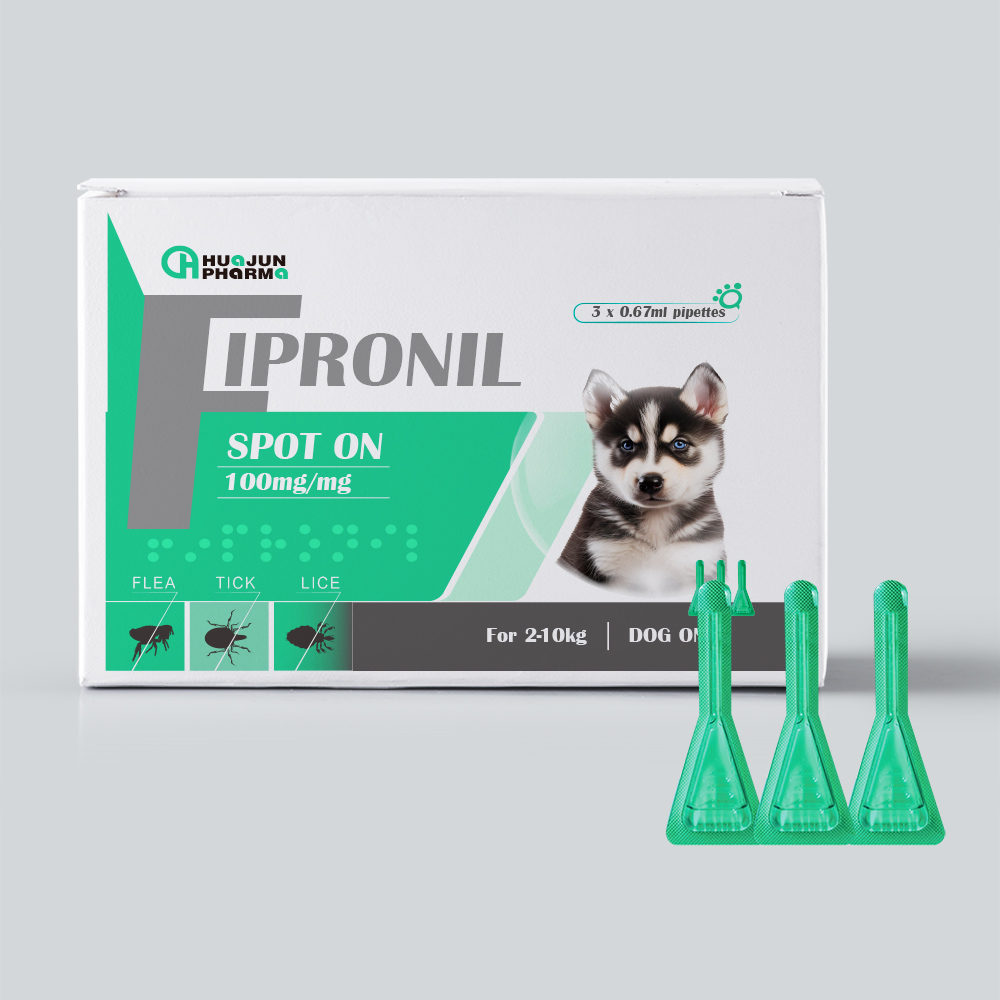
জুলাই . 28, 2024 09:56 Back to list
Exploring the Impact of Mad Cow Disease on the Livestock Industry and Related Manufacturers
Mad Cow Disease and Its Impact on Manufacturers
Mad Cow Disease, scientifically known as Bovine Spongiform Encephalopathy (BSE), is a neurodegenerative disorder affecting cattle. The disease garnered worldwide attention in the 1980s and 1990s, culminating in significant public health concerns about the consumption of infected beef products. It is caused by abnormal proteins called prions, which lead to the degeneration of brain tissue in affected animals. The ramifications of BSE extend beyond animal health; it has far-reaching consequences for manufacturers, particularly in the meat and livestock industries.
The outbreak of Mad Cow Disease primarily emerged in the United Kingdom and subsequently spread to various parts of Europe and North America. As the disease proliferated, countries implemented stringent regulations to safeguard public health. This included banning certain animal by-products from animal feed. Manufacturers who previously relied on these by-products faced significant challenges, necessitating a complete overhaul of their production processes.
Mad Cow Disease and Its Impact on Manufacturers
For manufacturers, the economic implications of Mad Cow Disease were profound. The beef market experienced a drastic decline, with consumers opting for alternative proteins due to safety concerns. Many manufacturers had to reduce their output or even cease operations temporarily, creating job losses and economic distress in regions heavily reliant on the cattle industry. The crisis had a domino effect, influencing not just meat producers but also suppliers, distributors, and retailers, leading to a comprehensive reevaluation of food safety protocols across the industry.
mad cow disease manufacturers

In response to the fear surrounding BSE, manufacturers in the beef industry had to regain public trust meticulously. Marketing strategies shifted towards emphasizing the safety and quality of beef products. Certifications and endorsements from health authorities became vital tools for manufacturers to assure consumers about the safety of their products. The establishment of stringent quality control measures and regular inspections became standard practice, further increasing operational costs but ultimately restoring some degree of consumer confidence.
In the long term, the implications of Mad Cow Disease prompted a broader discussion about food safety and animal husbandry practices. Manufacturers began to explore and implement alternative feed solutions, reducing dependence on animal by-products. This shift not only mitigated the risk associated with BSE but also spurred innovation in the development of plant-based feeds and other sustainable alternatives. Moreover, the crisis opened the door for more significant regulatory reforms aimed at preventing future outbreaks of prion diseases.
While the immediate effects of Mad Cow Disease were devastating for manufacturers in the beef industry, the lessons learned have fostered a more robust approach to food safety. The recent emphasis on biosecurity measures, traceability, and sustainable agricultural practices indicates that manufacturers are better equipped to address potential health threats in the future. Consequently, the legacy of Mad Cow Disease highlights the critical intersection between public health, animal welfare, and manufacturing practices, making it a critical case study for industries worldwide.
In conclusion, Mad Cow Disease profoundly influenced manufacturers in the beef industry, prompting transformative changes in practices, technologies, and regulations. Although the crisis led to significant challenges, it ultimately contributed to a more vigilant and proactive approach to food safety, ensuring better protection for consumers and producers alike.
-
China Salivation AI with GPT-4 Turbo Features
NewsAug.01,2025
-
Epic Sepsis Factories: AI-Driven Detection with GPT-4 Turbo
NewsJul.31,2025
-
Acute Salpingitis and Oophoritis AI Factory
NewsJul.31,2025
-
Premium China Bacillus Subtilis Supplier & Factory Solutions
NewsJul.30,2025
-
Premium Avermectin Supplier in China | Custom Solutions Available
NewsJul.29,2025
-
China Bacillus Subtilis Supplier - Custom Factory Solutions
NewsJul.29,2025




